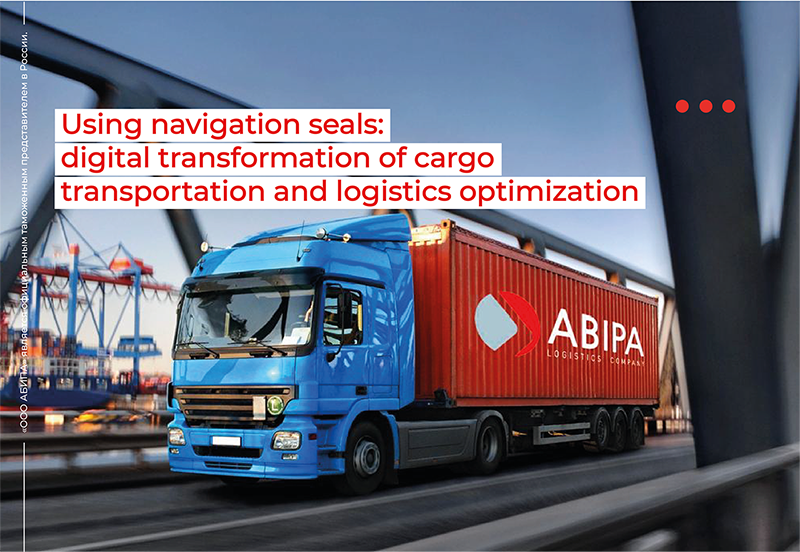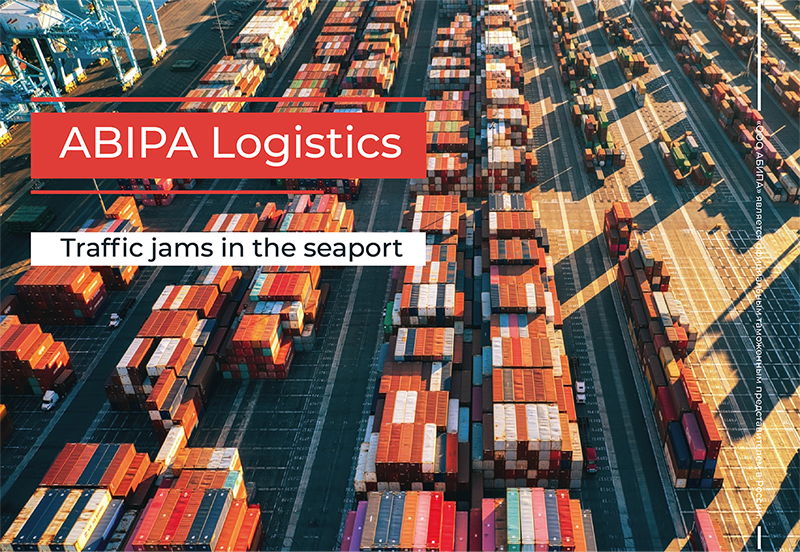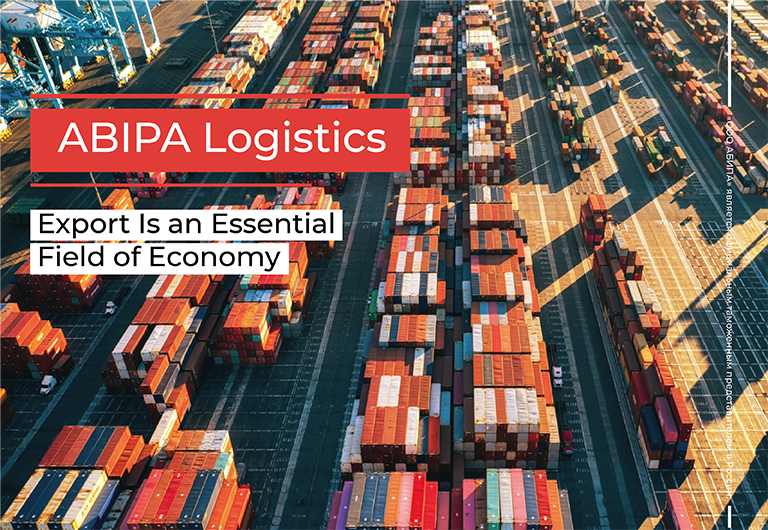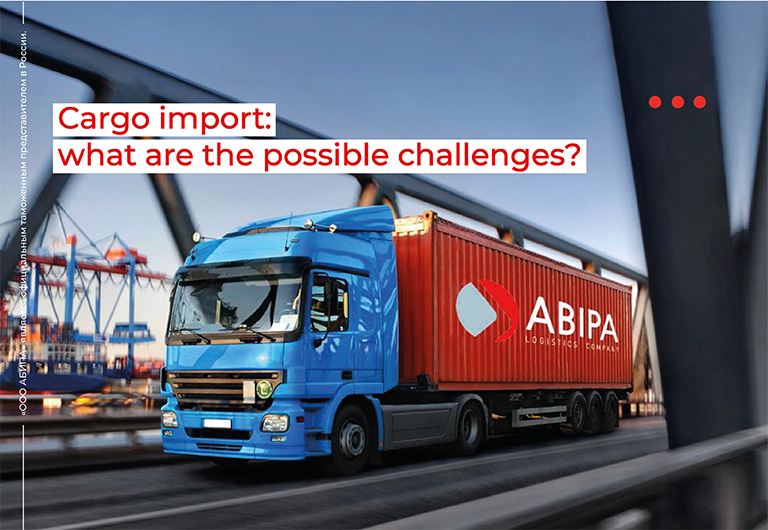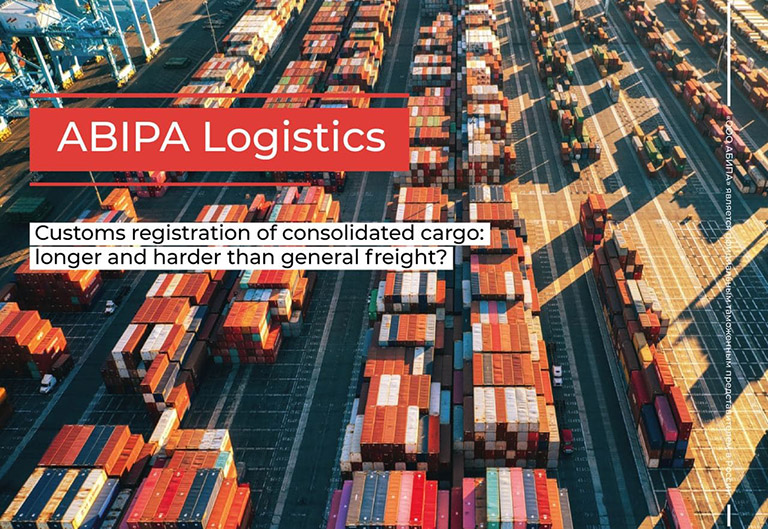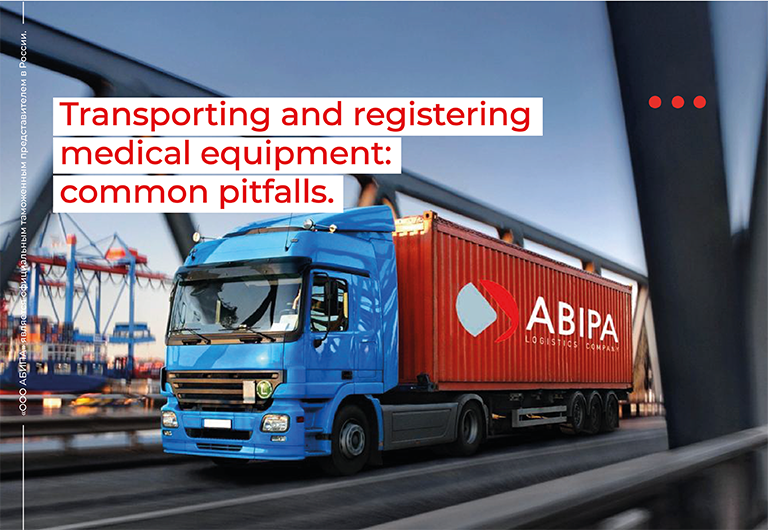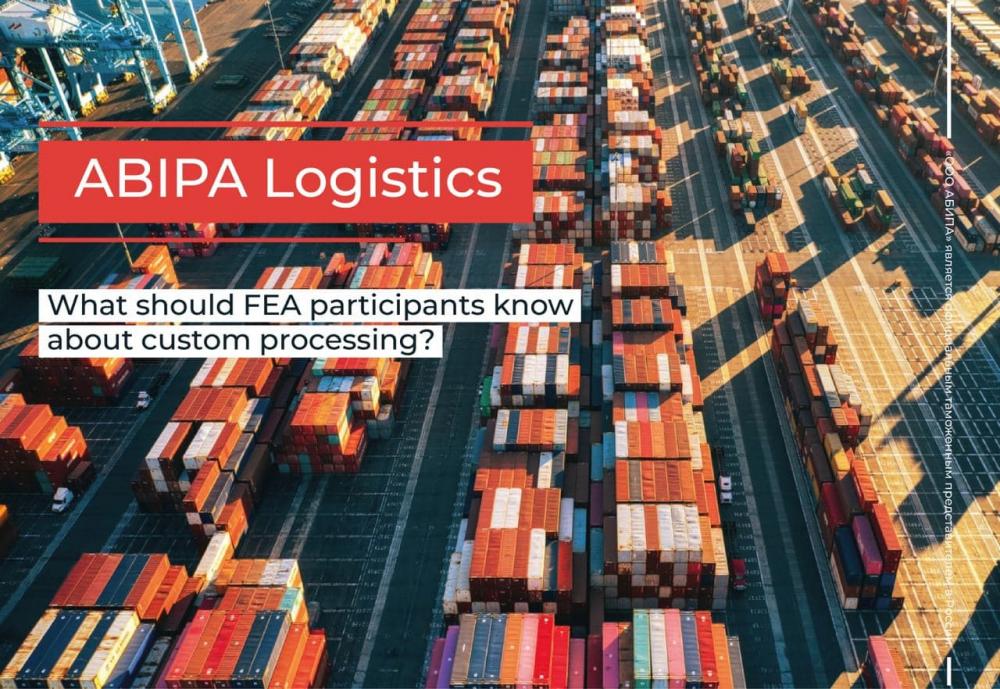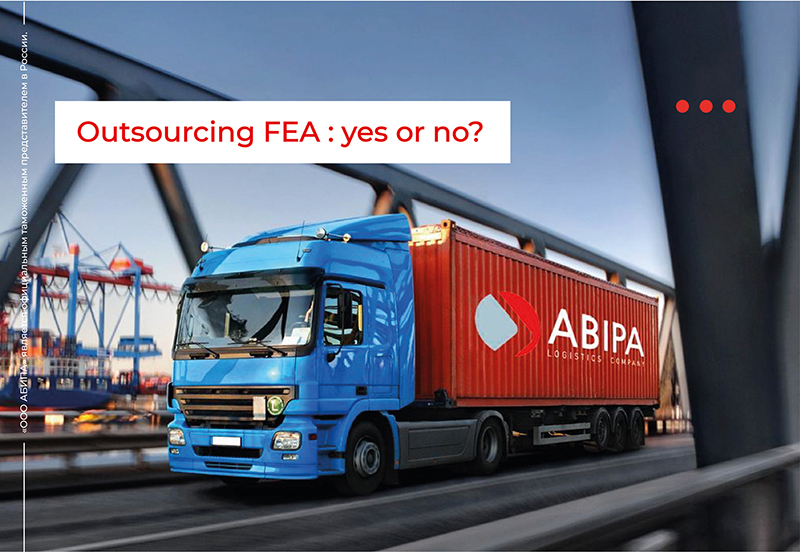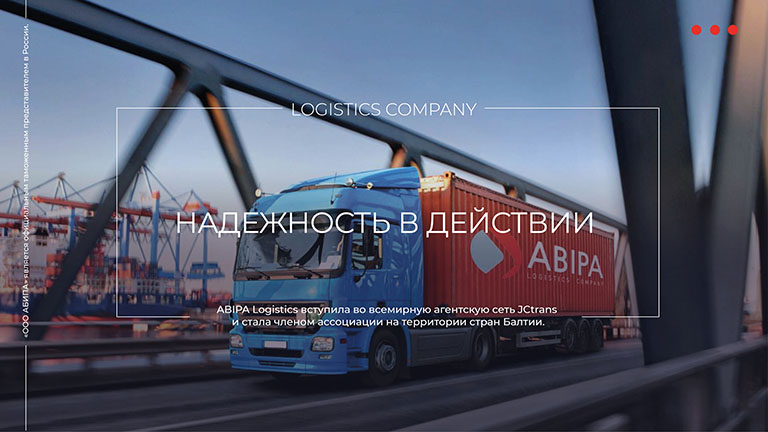Пресс-центр(eng)
In 2021, a stable increase in demand for road freight as an alternative to the marine transport was observed worldwide. In China, their volume increased by 15.6% as compared to 2020 year on year, whereas in Russia it rose by 5.4%. In Europe, a 3.2% increase was noted in FTL transportation rates and the delivery of goods to multiple customers on board one vehicle. The increase in cost is explained by a shortage of available transport, as well as gasoline and diesel prices. In the RF, for the same reasons, as well as due to a lack of drivers, the average price of road transportation increased by 20%, and in key directions (Moscow – St. Petersburg) – by 50-100%.
The introduction of navigation seals continues on the territory of the countries that make up the EAEU. In Belarus, since December 8, 2021, their use has become mandatory for goods imported from Poland. Prior to that, this rule was in force for goods from Lithuania. Exceptions continue to apply to road vehicles in transit from the Kaliningrad region, heavy-lift and large-size goods, for which a special permit is required, as well as when a carrier chooses a customs escort service.
Due to COVID-19 epidemic and container deficit, railroad delivery became the main type of transport within and outside the countries. During the pandemic, China used railroad cars round the clock to deliver medical supplies to provinces; when the lockdown was over, the cars were used to quickly return plants, factories, and trade organizations back to work.
The rising cost of cargo transportation can only partially be explained by the attempt of market players to take revenge and compensate for losses of 2020. ABIPA analysts predict increases in the prices of air transport by the New Year due to objective reasons. It has to do with lack of flights and their high occupancy, as well as unstable situation in airports caused by regular flight cancellations and delays amidst pandemic.
A hundred vessels, seventy of them container-carriers, are waiting to unload at seaports in Los Angeles and Long Beach. This is not the first traffic block at these seaports but the current number of ships is record-breaking.
Subscribe to
newsletter
Stay on top of the latest industry news

